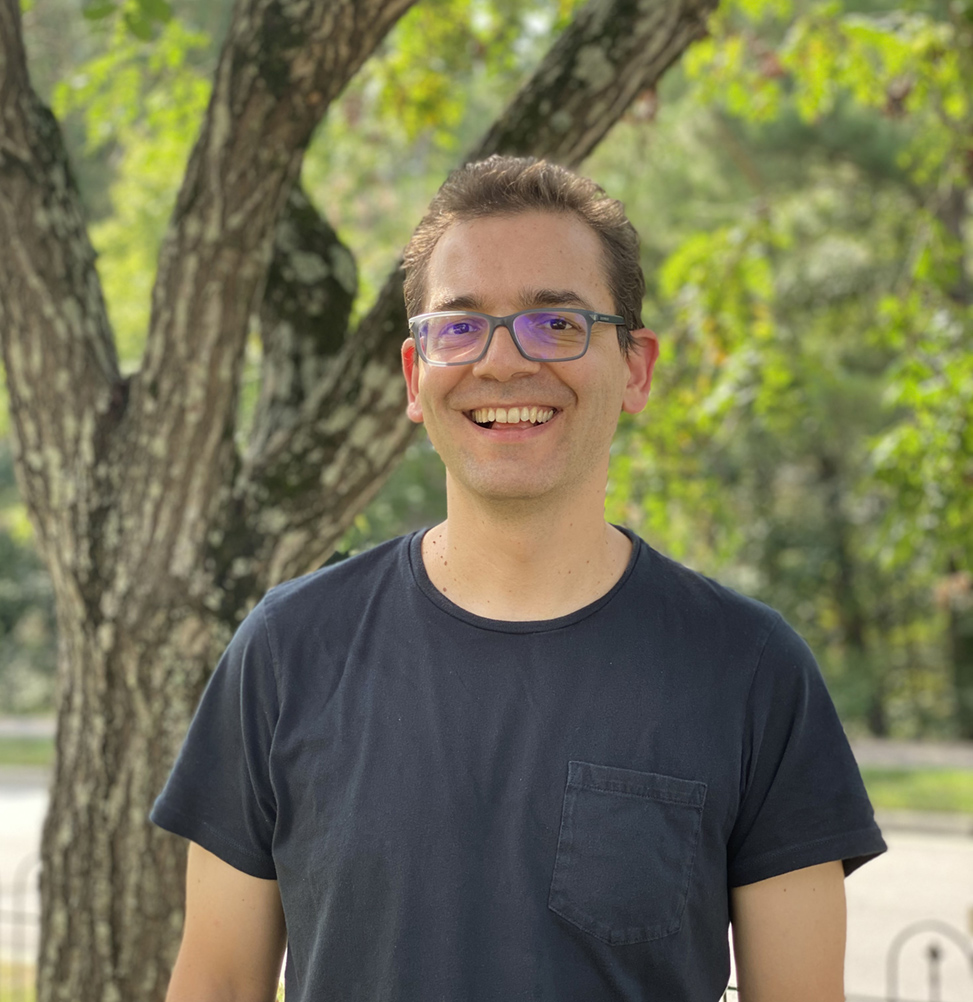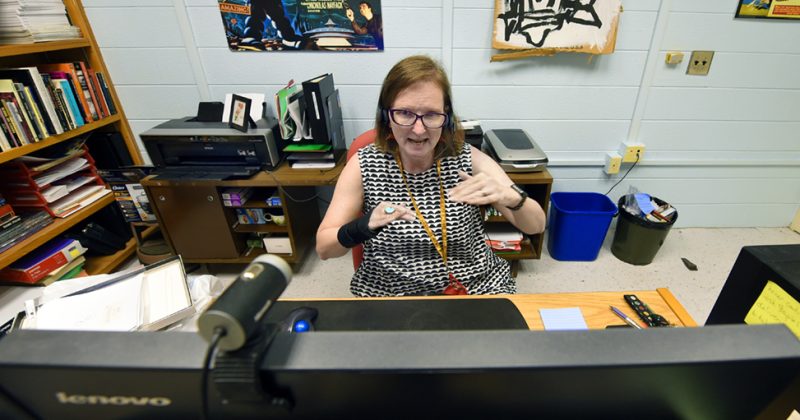
Serhan Ziya’s research on allocating medical resources achieved new urgency during COVID-19.
Professor Serhan Ziya is applying his expertise in operations research to help hospitals and emergency departments allocate limited resources most efficiently.
From the early days of COVID-19’s arrival in the United States to the pandemic’s lasting effects on the state of North Carolina, Serhan Ziya has showcased the critical value of math and modeling in allocating needed health care resources.
Ziya, a professor of statistics and operations research in UNC’s College of Arts & Sciences, has spent the past decade developing mathematical models to solve health care delivery problems. His work helps hospitals and emergency departments determine how to distribute limited resources efficiently and how to triage patients in mass casualty events.
“I am motivated by real-life events,” Ziya said. “I look for problems to study that have relevance to people’s lives, and health care makes an obvious choice. The central theme in almost all of my work is the optimization of some system-level objective, such as minimizing deaths or patient wait times, under resource constraints.”
In the span of a few months last spring, modeling became meaningful to the general public and was commonly used in mainstream media stories about COVID-19. People were hungry for information about how the disease was spreading and what the future may hold. But unlike modelers who use epidemiological tools to estimate the disease’s trajectory, Ziya has a background in industrial and systems engineering, which means he is uniquely trained to analyze complex problems that involve multiple systems or levels of operation.
“When the pandemic started, some of the first big questions were about how to make the best use of intensive care units and how to prioritize patients,” Ziya said. He had previously published a paper evaluating how ICUs could make best use of their resources. “But this work was born of a pre-pandemic world, when patient flow predictions were entirely different. I soon realized that what we were missing was a prediction of the future demand of patients coming to the emergency department or hospital.”
Ziya called contacts at UNC Hospitals’ emergency department and consulted with collaborators at Wake Forest University to glean information about new patient patterns and how hospitals were responding. Then he took his work in a new direction.
Hospital capacity and triaging patients
Along with UNC STOR doctoral student Qian Cheng, Ziya and his STOR colleagues have developed software called COVID-CAT, short for COVID-19 capacity analysis tool, to help hospitals analyze their capacity for a large influx of new patients.
The program uses predictions of COVID-19 patient arrivals and then extrapolates demands for beds in the emergency department, main hospital and ICU. The central thrust is to identify if there will be a surge — and if there is, when the need for beds will be affected, what the magnitude may be and what daily bed capacity would meet patient demands.
“I welcome feedback from people who analyze capacity at their hospitals,” said Ziya. With the help of two UNC undergraduates, Ziya and Cheng are in the process of developing a web-based version of the tool. “We want to make this as useful as possible, but we need a higher level of real world feedback to improve COVID-CAT.”
While COVID-CAT attempts to inform hospitals about macro-trends in future patient demand, Ziya has also developed a separate, patient-focused model that seeks to optimize emergency department resources. The model, outlined in a paper submitted to Operations Research, evaluates how hospitals admit patients from their emergency departments, and how a simple change could move patients to the main hospital faster — freeing up emergency resources for those who most need them.
About three in 10 people admitted to an emergency room typically end up being moved to the main hospital. But the process, called boarding, can leave the patient in the ER while waiting for a hospital bed elsewhere.
“If it’s a busy night, that creates a significant bottleneck, and it consumes ER resources unnecessarily,” Ziya said.
The model estimates the probability that a patient will be admitted to the main hospital and provides a metric that hospital staff can use to decide whether to begin securing a bed at the same time that the patient is admitted to the ER. This tool could prove valuable to managing emergency department resources long after the pandemic abates.
Optimizing testing
Global shortages of lab supplies and chemical reagents early in the pandemic left health care providers and public health experts scrambling for ways to optimize limited resources. Although supplies have rebounded, questions remain concerning testing strategies.
“In the early days, they were prioritizing testing people who were almost surely positive, and who would almost surely be hospitalized,” Ziya said. “Which is perhaps not the best use of resources.”
In a working paper, Ziya examined the question of who should receive a test to optimize limited resources. The paper evaluated strategies within the context of pooled testing — a technique where multiple specimens are analyzed in large batches, which turns around results faster and consumes fewer lab resources — and individual testing. Ziya cautions that the findings are relevant whether pooled or individual testing is used.
When considering individual tests, the model suggests that either those most or least likely to be infected should be tested. But when pooled tests were considered, the model suggests it might be optimal to focus on two groups of people with a moderate degree of uncertainty surrounding their infection status: those somewhat likely, or somewhat unlikely, to have been exposed. In this case, it would be best to not waste testing resources on those who are extremely likely or extremely unlikely to be ill, where the outcome is almost certain.
Looking to the future
Ziya said that while the pandemic has changed his research trajectory, it has also accentuated the importance of gathering accurate real-world data to inform his models and the need for acknowledging when assumptions have changed, as hospitals and healthcare adapt to rapidly evolving events.
“As a modeler, you sit in your office and make assumptions about how different things work. But the real world can be different,” he said. “In order for our research to really help, we must go out in the world and meet with people, to better inform our models and ultimately benefit them.”
By DeLene Beeland
Published in the Fall 2020 issue | Features





